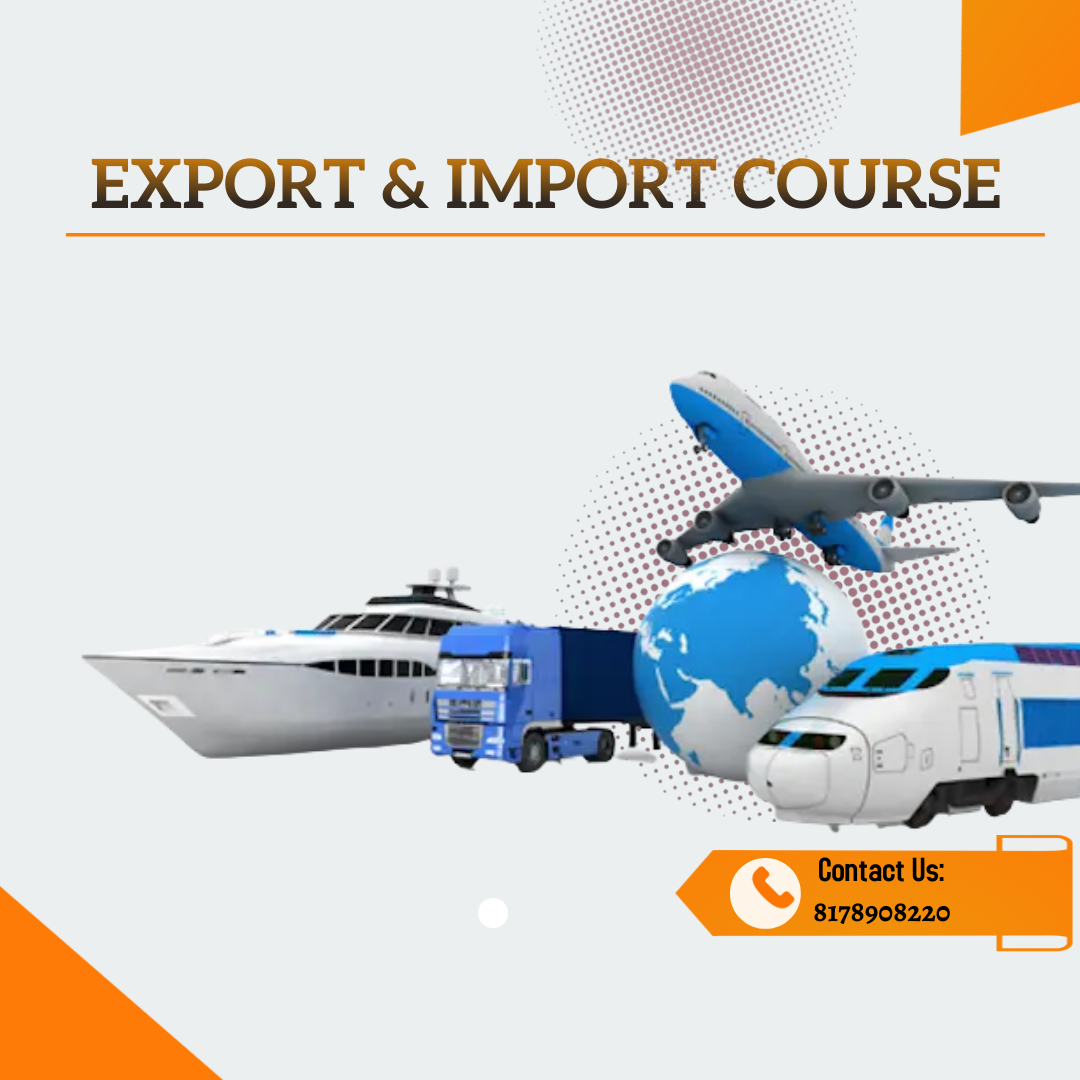Generation of E-way Bill in "Bill to Ship To" transaction
Let us understand Bill to Ship to model with the help of an example :
A , a registered supplier in Delhi sells goods worth Rs. 1,00,000 to B , his customer in Delhi. On the instructions from B , A delivers the goods to C in Maharashtra.Therefore , in the ‘Bill to Ship to’ model of supply , there are three persons involved in a transaction. Taking the above example forward :
- ‘B’(actual buyer of goods) is the person who has instructed ‘A’ (supplier) to deliver the goods directly to ‘C’.
- ‘A’ is the person who is directly delivering the goods to ‘C’ on behalf of ‘B’.
- ‘C’ is the recipient of goods.
Further , in ‘Bill to Ship to’ model of supply , two transactions are involved and two tax invoices are required to be issued :
- Invoice 1 which would be issued by ‘A’ to ‘B’.As both A and B are in the same state , it will be an intra state transaction and CGST & SGST will be charged.
- Invoice 2 which would be issued by ‘B’ to ‘C’.As both B and C are in different states , it will be an inter state transaction , IGST will be charged.
Note : For Invoice 2 , the value of goods will be based on what price ‘B’ has charged to ‘C’ for this transaction and it can differ from what ‘A’ has charged to ‘B’.
An E-Way Bill has to be generated whenever there is any movement of goods subject to the fulfilment of conditions mentioned in Rule 138(1) of CGST Rules.Even though Bill to Ship to model of supply involves two invoices but the physical movement is taking place only once.Therefore , only one E-way Bill needs to be generated for this transaction.
There are four scenarios in Bill to Ship to scenario :
| Bill From | The person who supplies the goods |
| Dispatch from | The person/place from where the goods are dispatched. It could be the places from where the supplier operates |
| Bill to | The person who buys the goods and making the payment |
| Ship to | The person/place who will actually receive the goods |
In the case of Bill to Ship to model of supply , e-way bill can be generated by either the supplier or the buyer.In context of the above example , e-way bill can be issued either by ‘A’ i.e. the supplier or ‘B’ i.e. the Buyer.
Case I - Where the e-way Bill is generated by ‘A’ , the following fields shall be filled in Part A of GST EWB - 01
| Bill From | In this field details of ‘A’ are supposed to be filled |
| Dispatch From | Thus is from the place where the goods are dispatched. It may be Principal or additional place of business of ‘A’ |
| Bill to | In this field details of ‘B’ are supposed to be filled |
| Ship to | In this field details of ‘C’ are supposed to be filled |
| Invoice Details | Details of Invoice 1 are supposed to be filled |
Case II - Where the e-way Bill is generated by ‘B’ , the following fields shall be filled in Part A of GST EWB - 01
| Bill From | In this field details of ‘A’ are supposed to be filled |
| Dispatch from | Thus is from the place where the goods are dispatched. It may be Principal or additional place of business of ‘A’ |
| Bill to | In this field details of ‘B’ are supposed to be filled |
| Ship to | In this field details of ‘C’ are supposed to be filled |
| Invoice details | Details of Invoice 2 are supposed to be filled |
Therefore , when there is transfer of goods to a different location other than that of the buyer , only one e-way Bill is required to be generated and the details to be provided for generating e-way Bill are primarily determined by who is generating the e-way Bill.


























































